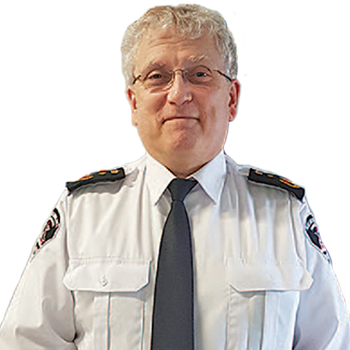Have you witnessed a car crash and not known what to do or how to help? You are not alone. Many people want to help the victims but have reservations about knowing exactly what to do. Others have done more than was required of them, yet others do the wrong thing and make situations much worse.
Ordinary people who are trained to do simple actions can save lives. In any emergency you can make the difference, just do something, don’t stand there and wonder if you can help. If it is safe, anything you might do will help. Listen to the instructions of the emergency medical dispatcher. They will keep you calm and give you direction needed to help the injured or ill person.
The challenge is to overcome fears of “not doing it right” and the attitude of “not wanting to get involved.” When tragedy happens, such as a car crash, making a few simple, calculated and correct choices can mean the difference to someone else. If you are the first there, be the first one to care. Sometimes the simplest action can make the difference. Wouldn’t you want someone to help if it was you who was injured?
STOP to help – the easiest thing that you can do is recognize that an emergency does exist and stop to offer what assistance you can. Always ensure your own safety. At a collision, park your vehicle safely to the side and watch for traffic. Have someone direct or control traffic to prevent further collisions. Keep the crowd of bystanders away.
CALL for help – using your cellular phone, sending someone to the nearest phone or going to a phone yourself, activate the emergency system. Listen to the instructions provided by the emergency medical dispatcher. Paramedics and, if needed, additional resources will be sent to your emergency. Get help fast!
LOOK at the scene for any hazards and if safe approach the scene and asses the victims. How many are there? What’s happened? Do not move victims unless they are in immediate life-threatening danger.
START the BREATHING – if a person is not awake and not breathing you will have to start their breathing. Taking a CPR or First Aid course will show you how to use barrier devices and proper techniques to prevent further injury but do what you can. Compression only CPR can easily be done by any one regardless of age.
STOP the BLEEDING – if there are any wounds, wearing gloves, apply direct firm pressure to the wound with a clean cloth. Maybe you have a first aid kit in your car with more supplies. Cover the person with a warm blanket and keep them calm.
In case of an emergency, we take for granted that help will arrive as quickly as we place the call to 9-1-1. In the City of Prince Albert, there are residential street addresses and the phone you are call from will display the address from where you are calling. But in the rural areas it is not that easy. You may know where you live but, in an emergency, can you describe it to someone else? Take the time to write down your name, phone number, legal land location and directions of how to get to your residence. Paste this information by the phone so it is easily accessible and can be read by anyone to emergency services.
Injuries related to vehicle collisions are the number one cause of preventable injuries in Saskatchewan. What you do to prevent collisions and the actions you take to help others will make a difference. A few simple tips we take for granted can include wear a seat belt; have children buckled securely in car seats; eliminate the use of cellular phones while driving; plan ahead and be prepared for emergencies. Knowing what to do in an emergency can make the world of difference. Learn CPR and First Aid – let us show you how. Call for more information!


